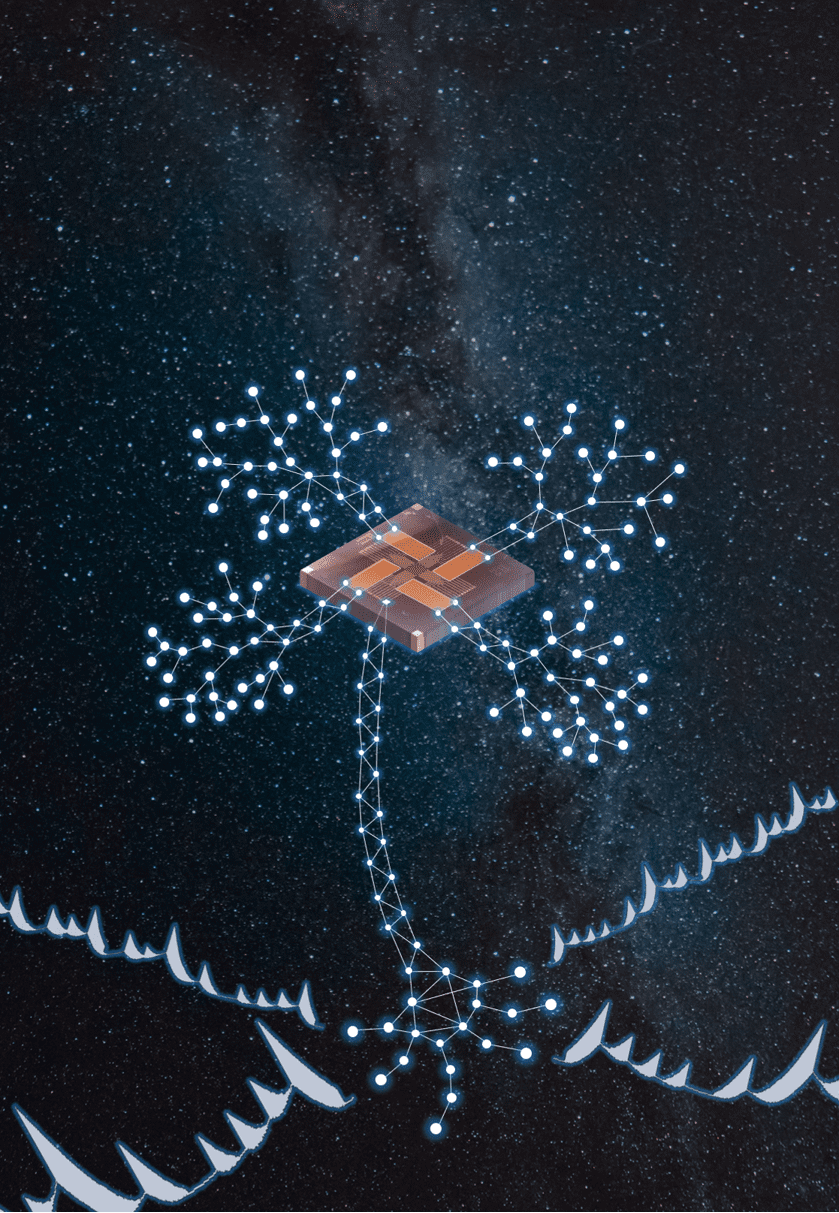![RTEmagicC_CMGCorsetRender2_1p6mb.gif[1]t6u RTEmagicC_CMGCorsetRender2_1p6mb.gif[1]t6u](https://innovationtoronto.com/wp-content/uploads/2020/07/RTEmagicC_CMGCorsetRender2_1p6mb.gif1t6u.gif)
Balance aids used in everyday life and in rehabilitation centers are useful but far from perfect. Sticks, walkers, crutches, and hand rails change posture and prevent you from using your hands when doing things like opening doors, carrying groceries, or picking up the phone. In addition, more advanced tools, such as mobile body weight support systems or robotic trainers, take up a lot of space or can only be used in specific environments. Under the leadership of Professor Heike Vallery, Andrew Berry, Daniel Lemus and Saher Jabeen, researchers from TU Delft‘s BioMechanical Engineering department, developed the GyBAR: a backpack-like portable robot that supports balance during rehabilitation. The backpack contains a gyroscopic actuator – a rotating motor that can be repositioned with electric motors – that supports the balance in various activities and in different environments, while leaving the hands free. The results of the first experiments with humans and potential end users have been published in Scientific Reports by Nature.
See the article Controller synthesis and clinical exploration of wearable gyroscopic actuators to support human balance
Risks of falling
Falling is the leading cause of accident-related injury in all age groups, but it is especially dangerous for people who suffer from conditions that affect motor skills or lead to sensory or cognitive impairment. Adults over the age of 65 are at great risk of serious injury in the event of a fall; in addition, if they sustain a hip fracture, they have a 25 percent chance of dying from their injuries within six to 12 months of the fall. For the development of an auxiliary device that supports balance and leaves the hands free, while at the same time being able to automatically detect and correct instability, portable robotics offers many possibilities.
Inspiration from space
The inspiration for GyBAR’s development came from space: satellites are able to change their orientation in space without using force or moment relative to their environment (Figure 1). Moment can be applied to a satellite (or to the human body) by changing the angular momentum of internal flywheels, realizing or preventing a certain rotation. One technique uses the so-called gyroscopic effect, which can be observed with spinning tops, which resist the effect of gravity (Figure 2). Researchers at TU Delft have succeeded in building an actuator based on the gyroscopic effect, which is usually applied in sensors (think of the gyroscope sensor in a mobile phone, which measures movements).
The Latest Updates from Bing News & Google News
Go deeper with Bing News on:
Backpack-like portable robot
- Hot Like a Robot
Sounds like a hot robot. Jordan Clark moved to San Diego from a small town in Connecticut when he was 16. Inspired by local groups such as Boilermaker, Pinback, No Knife, Tanner, and Drive Like ...
- From city streets to wilderness trails: The Hex Technical Backpack V2 does it all
In contrast, dedicated travel backpacks like the Samsonite Modern Utility Double Shot have a separate laptop compartment that’s always accessible. This compartment is also smaller than the ...
- Watch Boston Dynamics’ dog-like robot don a dog suit and dance
To mark International Dance Day, Boston Dynamics has shared a video showing its Spot robot dressed as a dog and pulling some moves.
- Amazon deal of the day: Our favorite hybrid robot vacuum, the Narwal Freo X Ultra, is $300 off
A mazon is closing out the month of April and heading into May on a high note with top-notch deals on big brands. To kick off the week, we're seeing some impressive discounts on our favorite hybrid ...
- The Best Buy It for Life Backpack (Please Don’t Call It Tactical)
Wandrd even included several strap-attachment points so that you can carry the backpack flat in front of you, like a hotdog vendor at a ballpark, to get inside the backpack on the go or to use it ...
Go deeper with Google Headlines on:
Backpack-like portable robot
[google_news title=”” keyword=”backpack-like portable robot” num_posts=”5″ blurb_length=”0″ show_thumb=”left”]
Go deeper with Bing News on:
Keeping people from falling
- Democrats’ Chicken Little routine has climate concerns falling
Fewer people are viewing climate change as a serious threat in the future, perhaps because climate activists keep telling everyone that the sky is falling.
- CD Rates Are Already Falling. Is Now the Time to Lock in a 5% APY?
CD rates have been exceptionally high over the last year, but they're beginning to come down. Here's what to know if you're thinking about opening one.
- Struggling to fall asleep? Try this simple trick to drift off quickly
For those who are struggling to get enough sleep, the ABCs may be the key to getting more Zs. Experts weigh in on the effectiveness of a simple sleep hack.
- We’ll end ‘spiral of sickness’ keeping people out of work, says Stride
Government insiders argue that people are too often being regarded as too ill to work by the welfare system, and that a more tailored approach could help them retain their jobs. Mr Stride said: “Too ...
- Nervous about falling behind the GOP, Democrats are wrestling with how to use AI
The Biden campaign and top Democrats are wrestling with how best to use artificial intelligence, exposing the party’s anxiety over falling behind Republicans in the race to deploy technology that coul ...
Go deeper with Google Headlines on:
Keeping people from falling
[google_news title=”” keyword=”keeping people from falling” num_posts=”5″ blurb_length=”0″ show_thumb=”left”]









